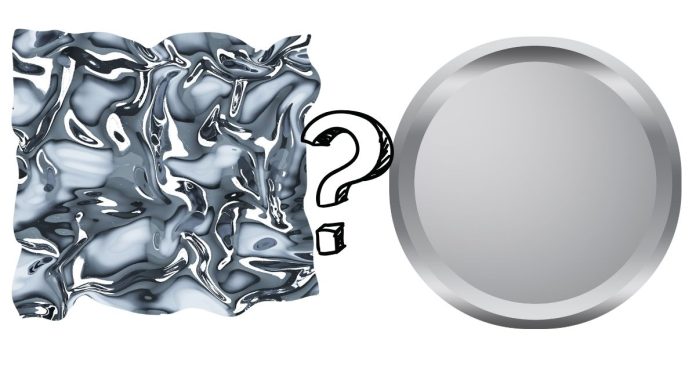Silver, as an element, was not “discovered” in the traditional sense, since it is a naturally occurring metal. It has been used by humans for thousands of years, long before the concept of “discovery” in the modern scientific sense was established. Instead, silver has been known and utilized by ancient civilizations for a variety of purposes, including currency, jewelry, utensils, and ornaments.
Historical Context of Silver’s Use:
- Early Use: Archaeological evidence suggests that silver was used by ancient civilizations as early as 3000 BCE, particularly in Mesopotamia (modern-day Iraq) and Egypt. These early uses were primarily in the form of silver artifacts and jewelry, which were often crafted from naturally occurring silver that was found in its native form (i.e., not combined with other elements like in ores).
- Ancient Civilizations: The ancient Egyptians were among the first to mine and use silver, and it became highly valued due to its luster and rarity. It was used in everything from jewelry to decorative items and religious artifacts. The Romans also valued silver, using it extensively in coinage and as a medium of exchange.
Silver as a Metal:
- Natural Occurrence: Unlike gold, which often occurs in a nearly pure form, silver is usually found in ores combined with other elements, such as sulfides or chlorides. Early humans discovered silver in its native form, or in the form of silver-bearing ores, which could be smelted and refined.
- Mining and Extraction: Over time, civilizations began to refine their techniques for extracting silver from ores. The Celtic and Roman civilizations developed early mining and refining methods, but silver mining and extraction significantly advanced in the Middle Ages with the development of techniques like cupellation.
Why Silver Was Valued:
Silver was highly valued for several reasons:
- Beauty and Durability: Silver’s shiny, white, and lustrous appearance made it highly attractive for decorative uses.
- Malleability: Silver is relatively soft and easy to work with, which made it ideal for crafting intricate jewelry and coins.
- Rarity and Value: Although silver is more abundant than gold, its relative scarcity and high value made it a coveted commodity for trade and as a store of wealth.
- Currency and Trade: As civilizations expanded, silver became increasingly important as a medium of exchange. The Roman Empire, for example, used silver coins, and it played a central role in international trade for centuries.


